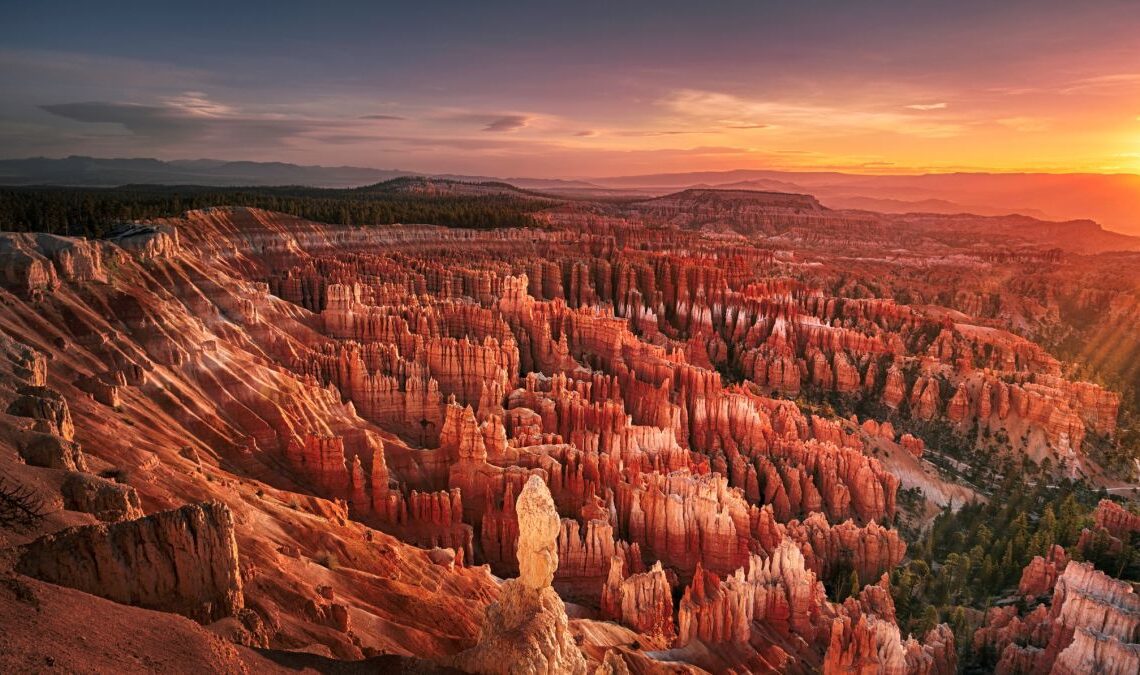On Oct. 14, 2023, an annular solar eclipse will be visible in parts of the Americas, and some of the best places to view it will be in the scenic U.S. Southwest, including many national parks.
Beginning in Oregon at 9:13 a.m. PDT and ending in Texas at 12:03 p.m. CDT, the path of the solar eclipse will cross over a dozen U.S. national parks (opens in new tab), national monuments and other beautiful spots, including Oregon’s Crater Lake, Utah’s Bryce Canyon and Arizona’s Monument Valley.
With low humidity and historically good chances of clear skies in these locations, this spectacular event — the first annular, or “ring of fire,” solar eclipse to be visible in the U.S. since 2012 — is a great excuse to travel, especially because many of the best viewing locations are also International Dark Sky Parks (opens in new tab).
Related: When is the next solar eclipse?
Bear in mind, however, that mid-October is shoulder season when many national parks empty out and campsites close. The path of the eclipse also passes over high-elevation regions, mainly the Colorado Plateau, where temperatures at night can drop to freezing (or lower) that time of the year.
Use maps of the eclipse (opens in new tab) path to double-check that your intended exact location will see a “ring of fire” and will have a clear view of the sun and moon at the exact time of the eclipse. (This interactive Google Map has links to PeakFinder in its pop-up boxes, or PhotoPills (opens in new tab).) However, because the eclipse will be relatively high in the southeastern sky after it leaves Oregon and California, getting an unobstructed view will not be a major problem for most observers.
So, get yourself a national park annual pass (opens in new tab), grab a pair of solar eclipse glasses and go chase a ring of fire!
Solar eclipses are dangerous if you do not observe the sun safely.
Never look at the sun without proper eye protection. It is never safe to look directly at the sun’s rays (opens in new tab) even if the sun is partly obscured because they contain harmful ultraviolet (UV) and infrared (IR) rays that can damage your eye’s retina and even cause blindness.
Never use regular sunglasses to observe the sun. The only safe way to look directly at the sun is through specifically designed solar filters, using solar eclipse glasses (opens in new tab) for direct viewing and solar filters for telescopes and binoculars (opens in new tab).
Crater Lake National Park, Oregon
Click Here to Read the Full Original Article at Space…

